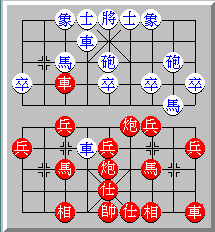
C4-1 r++2
C4-2 r+-2
C4+2 r++2
C4-2 r+-2
C4+2 ....

C4-1 r++2
C4-2 r+-2
C4+2 r++2
C4-2 r+-2
C4+2 ....
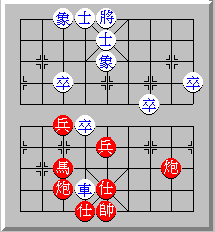
C2-1 r4-2
C2+2 r4+2
C2-2 r4-2
C2+2 ....

C2+1 r4+2
C2-2 r4-2
C2+2 r4+2
C2-2 r4-2
C2+2 ....
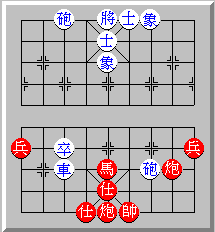
N5+6 r3+1
C2-1 c7+1
G5+6 c7+1
G6-5 c7-1
G5+6 c7+1
G6-5 ....
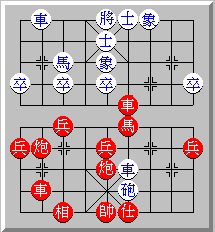
C8-1 r6-1
C8+1 r6+1
C8-1 r6-1
C8+1 r6+1
C8-1 ....
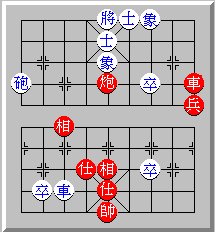
C5=7 r3=4
C7=6 r4=3
C6=7 m5+3
M7-9 m3-5
M9+7 r3=4
C7=6 r4=3
C6=7 ...

C2+4 r4+3
C4+1 r4+2
C2-5 r4-5
C4+3 r4+3
C2+2 r4+2
C4-5 ....
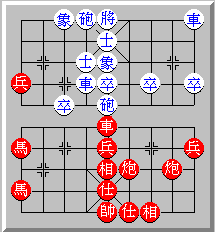
C2+4 r4+3
C4+1 r4+2
C4-2 r4-2
C2-3 r4-3
C4+5 ....